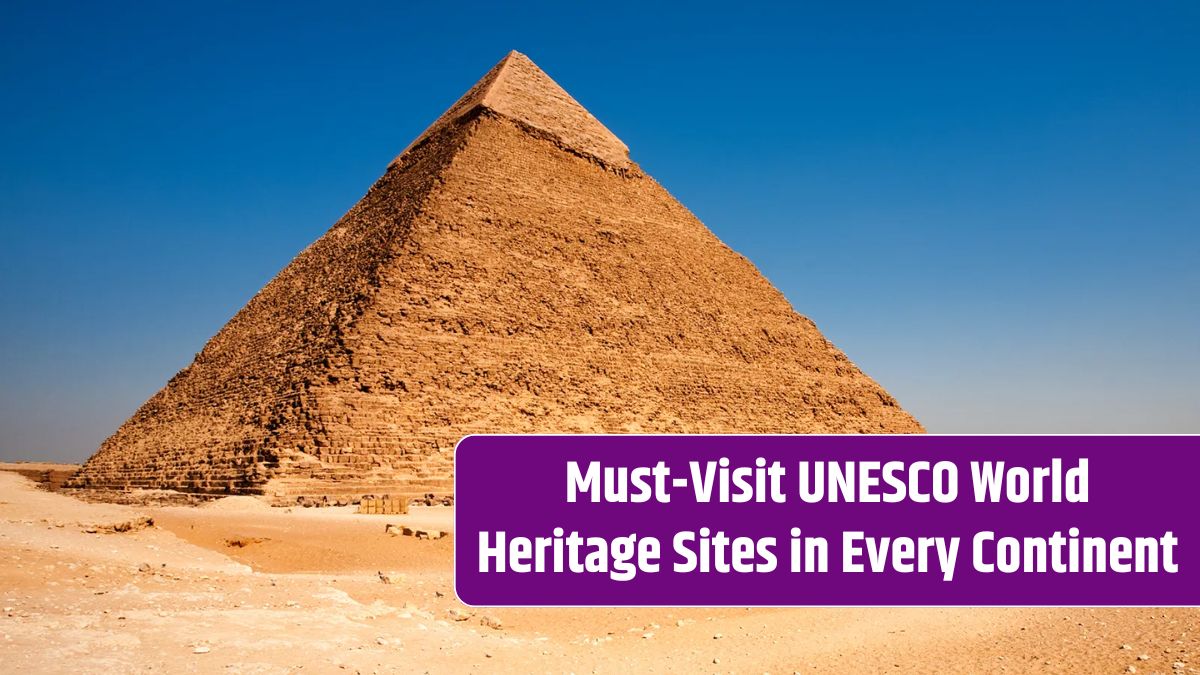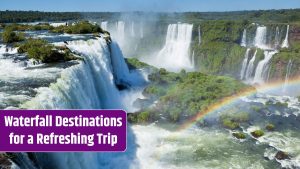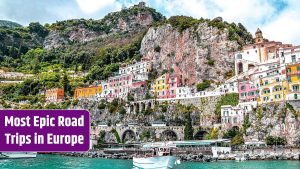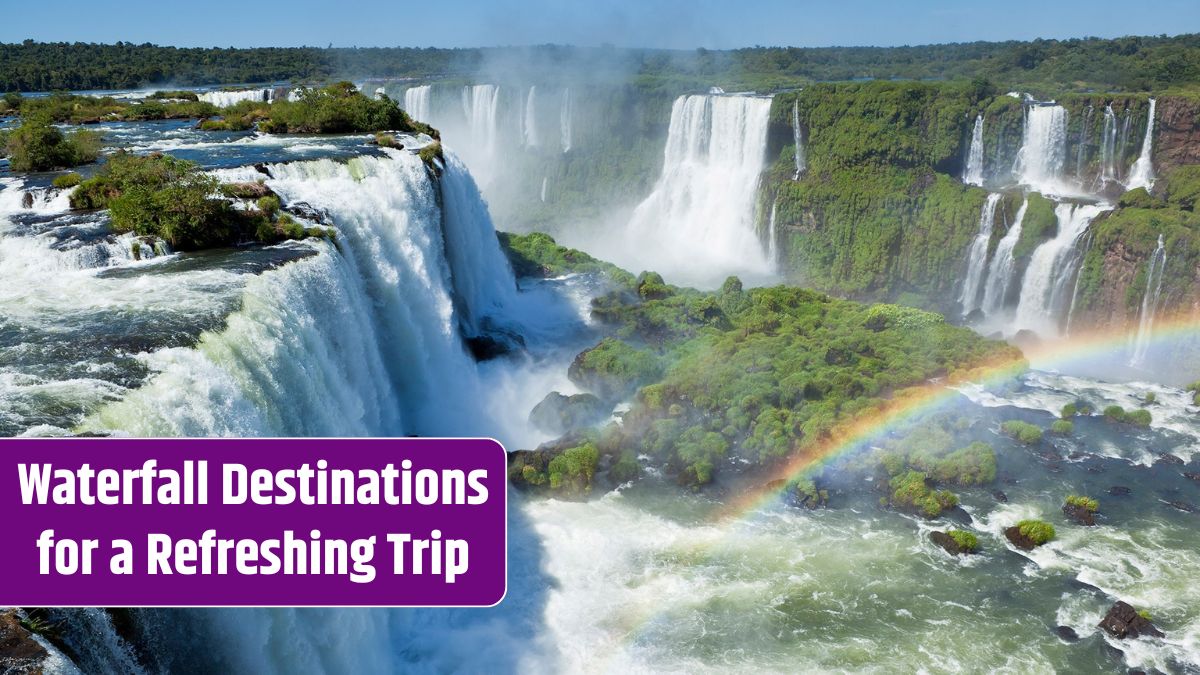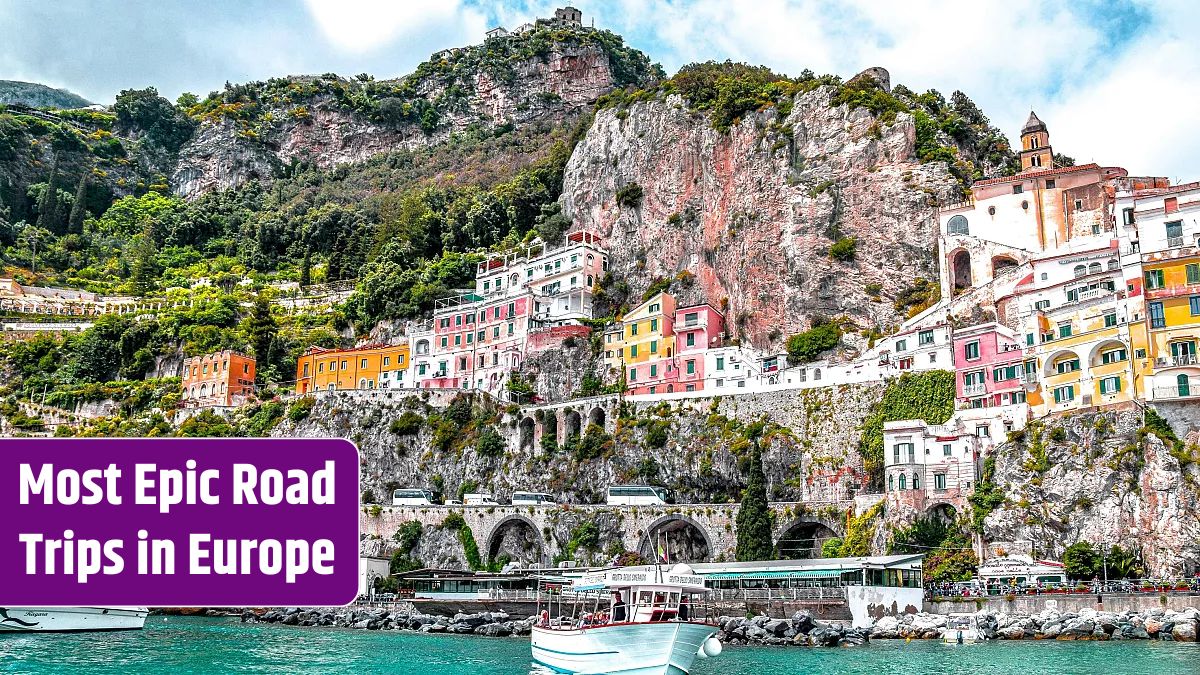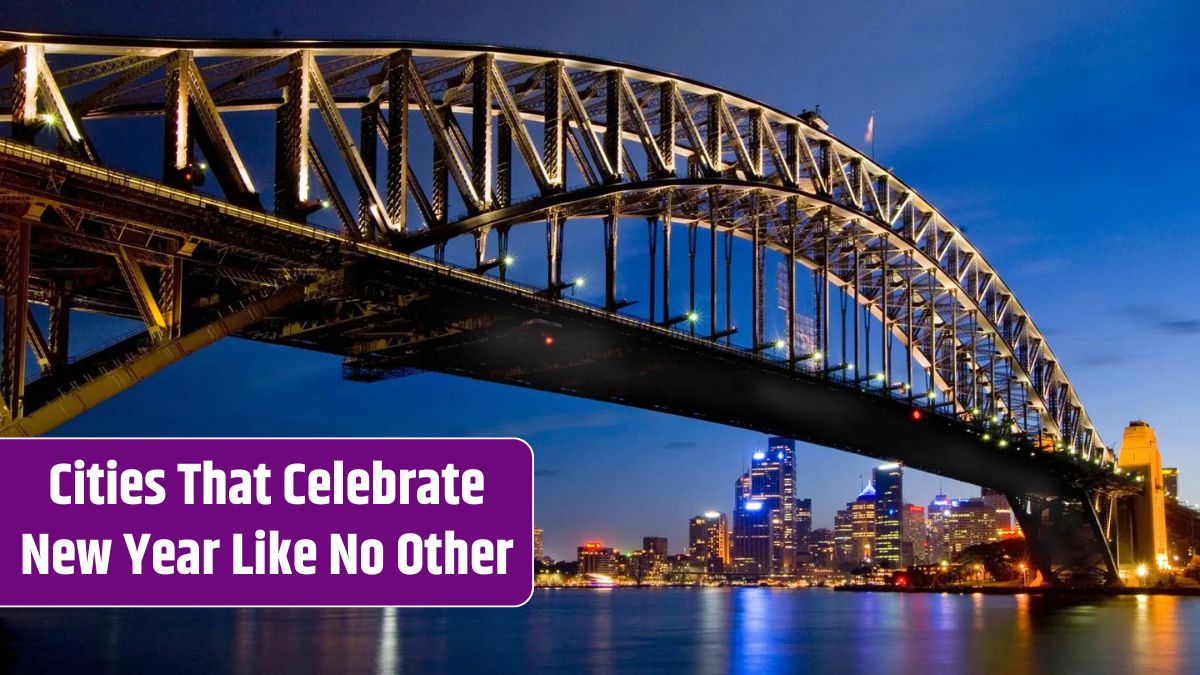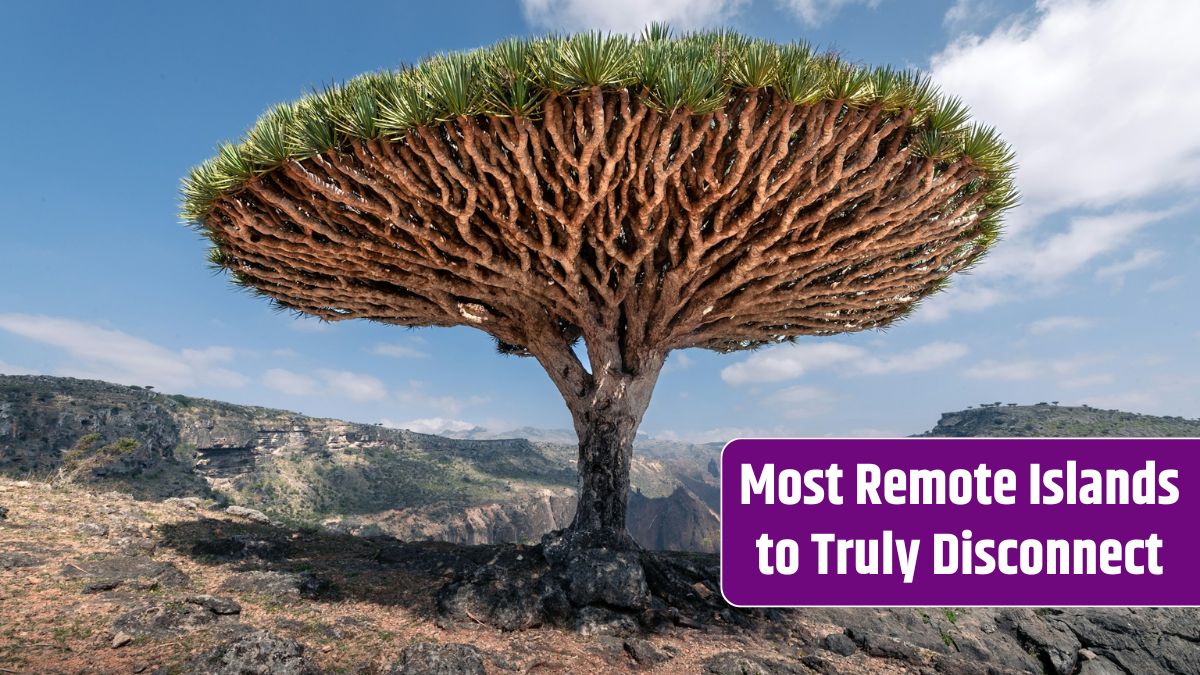UNESCO World Heritage Sites are treasures of global culture, history, and natural beauty. They showcase the best of humanity’s achievements and nature’s wonders. Here are five must-visit UNESCO sites from each continent, offering a glimpse into the rich diversity of our world.
Table of Contents
Africa
1. Pyramids of Giza (Egypt)
The last surviving wonder of the ancient world, the Pyramids of Giza stand as a testament to the ingenuity of ancient Egyptian civilization.
- Highlights: Great Pyramid of Khufu, the Sphinx, and elaborate burial chambers.
- Pro Tip: Visit early morning to avoid crowds and harsh sunlight.
2. Serengeti National Park (Tanzania)
Known for its Great Migration, this vast ecosystem is teeming with wildlife and offers unparalleled safari experiences.
- Highlights: Wildebeest migration, lions, cheetahs, and vast savannas.
- Pro Tip: Plan your visit between June and September for the migration.
3. Rock-Hewn Churches of Lalibela (Ethiopia)
These monolithic churches carved into the ground are an architectural marvel and a spiritual hub.
- Highlights: Intricate carvings and underground passageways.
- Pro Tip: Visit during Ethiopian Christmas (January) for cultural festivities.
4. Victoria Falls (Zambia/Zimbabwe)
Known locally as Mosi-oa-Tunya (“The Smoke That Thunders”), these falls are one of the most spectacular natural wonders in the world.
- Highlights: Rainforest trails and boat tours.
- Pro Tip: Visit during the rainy season (February to May) for the fullest water flow.
5. Timbuktu (Mali)
Once a hub of Islamic learning and trade, Timbuktu boasts ancient mosques and libraries.
- Highlights: Djinguereber Mosque and centuries-old manuscripts.
- Pro Tip: Check current travel advisories before planning your visit.
Asia
1. Great Wall of China (China)
Stretching over 13,000 miles, the Great Wall is a symbol of Chinese ingenuity and resilience.
- Highlights: Mutianyu and Jinshanling sections for fewer crowds and stunning views.
- Pro Tip: Wear comfortable shoes for the steep climbs.
2. Taj Mahal (India)
This ivory-white marble mausoleum is a masterpiece of Mughal architecture and a symbol of love.
- Highlights: Intricate inlays and gardens reflecting Mughal grandeur.
- Pro Tip: Visit at sunrise or sunset for magical lighting.
3. Angkor Wat (Cambodia)
The largest religious monument in the world, Angkor Wat is an awe-inspiring temple complex surrounded by dense jungle.
- Highlights: Sunrise over the main temple and Bayon Temple’s smiling faces.
- Pro Tip: Hire a guide to uncover its rich history.
4. Borobudur (Indonesia)
This ancient Buddhist temple is known for its massive stupas and intricate carvings depicting the path to enlightenment.
- Highlights: Sunrise views from the top.
- Pro Tip: Visit during Vesak Day for a spiritual experience.
5. Mount Fuji (Japan)
An iconic symbol of Japan, Mount Fuji is both a natural wonder and a cultural site revered by locals.
- Highlights: Lake Kawaguchi views and hiking trails.
- Pro Tip: Climb during the official climbing season (July to September).
Europe
1. Acropolis of Athens (Greece)
A symbol of ancient Greek civilization, the Acropolis showcases stunning temples dedicated to Greek gods.
- Highlights: Parthenon, Erechtheion, and panoramic views of Athens.
- Pro Tip: Visit during early hours to avoid crowds and midday heat.
2. Colosseum (Italy)
This iconic amphitheater is a symbol of ancient Rome’s grandeur and a marvel of engineering.
- Highlights: Underground tunnels and panoramic views from the upper tiers.
- Pro Tip: Book skip-the-line tickets in advance.
3. Stonehenge (United Kingdom)
A prehistoric monument shrouded in mystery, Stonehenge captivates visitors with its massive stone circle.
- Highlights: Guided tours delve into its history and astronomical significance.
- Pro Tip: Visit during summer or winter solstice for a unique experience.
4. Plitvice Lakes National Park (Croatia)
This stunning natural wonder features cascading lakes and waterfalls surrounded by lush forests.
- Highlights: Wooden walkways and turquoise waters.
- Pro Tip: Visit in spring or autumn for fewer crowds and vivid colors.
5. Alhambra (Spain)
A masterpiece of Islamic art and architecture, the Alhambra is a stunning palace complex in Granada.
- Highlights: Nasrid Palaces, Generalife Gardens, and Moorish detailing.
- Pro Tip: Book tickets well in advance as they sell out quickly.
North America
1. Grand Canyon National Park (USA)
The Grand Canyon’s immense size and stunning geological formations make it a natural wonder of the world.
- Highlights: Sunrise and sunset views, hiking trails, and river rafting.
- Pro Tip: Explore the South Rim for accessibility or the North Rim for solitude.
2. Chichen Itza (Mexico)
This ancient Mayan city is home to the iconic El Castillo pyramid and an impressive observatory.
- Highlights: Light and sound shows during evenings.
- Pro Tip: Visit early to beat the crowds and heat.
3. Banff National Park (Canada)
Canada’s first national park is a haven of glacial lakes, rugged mountains, and diverse wildlife.
- Highlights: Lake Louise, Moraine Lake, and hiking trails.
- Pro Tip: Visit during fall for vibrant foliage or winter for snow sports.
4. Old Havana (Cuba)
A UNESCO site rich in colonial history and vibrant culture, Old Havana is a step back in time.
- Highlights: Plaza Vieja, classic cars, and lively music.
- Pro Tip: Explore on foot to soak in the city’s charm.
5. Yellowstone National Park (USA)
The world’s first national park, Yellowstone is renowned for its geothermal wonders and diverse wildlife.
- Highlights: Old Faithful geyser, Grand Prismatic Spring, and bison herds.
- Pro Tip: Visit in winter for fewer crowds and a snowy landscape.
South America
1. Machu Picchu (Peru)
This ancient Incan city perched high in the Andes offers stunning views and a rich history.
- Highlights: Terraces, temples, and the Sun Gate.
- Pro Tip: Book your trek months in advance to secure permits.
2. Iguazu National Park (Argentina/Brazil)
Home to the mighty Iguazu Falls, this park is a marvel of nature.
- Highlights: Devil’s Throat viewpoint and surrounding rainforest.
- Pro Tip: Explore both the Argentine and Brazilian sides for the full experience.
3. Galápagos Islands (Ecuador)
This archipelago is a living museum of unique wildlife and ecosystems.
- Highlights: Giant tortoises, marine iguanas, and pristine beaches.
- Pro Tip: Join a guided cruise for the best wildlife encounters.
4. Rapa Nui National Park (Chile)
Famous for its mysterious Moai statues, Easter Island is a cultural and archaeological gem.
- Highlights: Ahu Tongariki and the Rano Raraku quarry.
- Pro Tip: Visit during the Tapati Festival for a cultural immersion.
5. Amazon Rainforest (Multiple Countries)
The world’s largest tropical rainforest is a biodiversity hotspot.
- Highlights: River cruises, pink dolphins, and unique flora and fauna.
- Pro Tip: Base your visit in Brazil, Peru, or Ecuador for the best access.
Oceania
1. Great Barrier Reef (Australia)
The world’s largest coral reef system is a paradise for divers and snorkelers.
- Highlights: Vibrant coral gardens and marine life.
- Pro Tip: Visit during the dry season (May to October) for optimal conditions.
2. Uluru-Kata Tjuta National Park (Australia)
This sacred sandstone monolith is a symbol of Aboriginal culture and spirituality.
- Highlights: Sunrise and sunset views of Uluru.
- Pro Tip: Take a guided tour to learn about its cultural significance.
3. Tongariro National Park (New Zealand)
New Zealand’s oldest national park features volcanic landscapes and stunning alpine scenery.
- Highlights: Tongariro Alpine Crossing and emerald lakes.
- Pro Tip: Hike during spring or autumn for mild weather.
4. Te Wahipounamu (New Zealand)
A UNESCO wilderness area encompassing fjords, glaciers, and rainforests.
- Highlights: Milford Sound and Franz Josef Glacier.
- Pro Tip: Take a cruise to explore Milford Sound’s dramatic scenery.
5. Nan Madol (Micronesia)
This ancient city built on artificial islets is a marvel of engineering and culture.
- Highlights: Stone walls, canals, and ruins of ceremonial sites.
- Pro Tip: Visit during low tide for easier look.
FAQs
What’s the most visited UNESCO site?
The Great Wall of China attracts millions of visitors annually.
Are guided tours necessary for Machu Picchu?
Yes, they’re required for certain areas like Huayna Picchu.
Can I snorkel at the Great Barrier Reef year-round?
Yes, but the dry season (May–October) offers the best conditions.
When’s the best time to visit the Galápagos Islands?
June to December for cooler weather and active wildlife.
Do I need tickets for the Alhambra in Spain?
Yes, advance booking is essential due to high demand.
